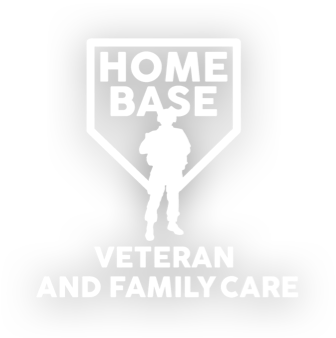Substance Use: Identifying Triggers and Overcoming Cravings

Whether you are someone who has struggled with a substance use disorder or who has recreationally used alcohol or other substances, now may be a particularly challenging time for substance use. Many of us have had our daily routines disrupted, our social connections reduced, and perhaps our anxiety or uncertainty about the future increased; all of these changes may mean that we find ourselves craving and using substances like alcohol, tobacco, and marijuana more frequently. While the use of these substances may provide a temporary escape or sense of relief, they may also come with unhelpful consequences including feeling ill physically the next day, lowering our mood, and/or the relapse of a substance use disorder.
What are cues or triggers?
Recognizing cues—or triggers—for substance use can help us to plan for these challenges and increase the likelihood of us tolerating a trigger without using a substance. When I use the word trigger, I mean anything that increases our urges or cravings to use a substance. Triggers come in two categories: External and Internal.
External triggers are often people (e.g., seeing other people drinking), places (e.g., walking past a place we associate with using), and things (e.g., a particular smell). Other external triggers include a certain time of day/week/month/year (e.g., 5 pm on Fridays) and certain types of interactions with others (e.g., celebration, conflict).
Internal triggers are most often emotions and memories. Examples of emotions are: positive emotions (e.g., excited), negative emotions (e.g., sad), and neutral emotions (e.g., bored). Examples of memories are: intrusive memories or nightmares associated with trauma, nostalgic memories of positive/negative events including past use of substances.
What do we do about triggers?
External triggers tend to be avoidable. For example, you can walk on a different street, not watch the news, or not keep alcohol in your home to avoid these external triggers. Avoiding external triggers may require reorganization of your life. During social distancing, you may have fewer external triggers (e.g., bars are closed) or a greater number of external triggers (e.g., conflict with others, staying in a place you tend to use in).
Internal triggers tend to be harder (or perhaps impossible) to avoid as we can’t change how we feel, avoid feeling a particular emotion, or keep ourselves from remembering a particular memory even if we want to. During social distancing, you may have more internal triggers (e.g., boredom, loneliness), or fewer internal triggers (e.g., less stress from work and therefore fewer negative emotions).
Why are triggers important to be aware of?
Perhaps the most challenging part about triggers is that they can increase our craving for a substance nearly instantaneously and we may find ourselves responding to them by pouring ourselves a drink or using a substance without giving it much thought. For example, when bored we might find ourselves opening a beer in response to our boredom, without even connecting the cue of boredom to the act of drinking in our mind. The good news is that recognizing our triggers can give us power over these connections. If we realize that we tend to reach for a substance when bored, we can identify other options for ourselves to manage boredom.
Here are a few tips for maximizing the helpfulness of identifying your triggers:
Think it through. Take some time to think through what internal and external triggers you are aware of for yourself. Use the suggestions above as a guide for possible triggers.
Pay attention. The next time that you use a substance, take time to identify what in your environment or internally might have led you to crave and then use that substance.
Create structure. check out other Home Base videos and blog posts for ideas on how you can create structure, keep active, and engage in mindfulness, all of which may help you to manage triggers without using a substance.
Make a plan. Once you know your triggers, make a plan for how you can avoid as many of the triggers you’ve identified as possible. For triggers you can’t avoid, make a plan for how you can cope with or manage them. Talk with a family member, friend, or therapist you trust if you’re having trouble or feel stuck.
If you or a loved one is struggling with addiction, don’t hesitate to reach out for help. Our Home Base staff, to include Dr. Hoover, are available to provide support and care to Veterans, Service Members and Military Family Members. Please call our clinic at (617) 724-5202 or fill out our Connect To Care form here.



 Home Base
Home Base